Assessment Of The Urinary System
Assessment of the urinary system. Assessment of the patient at risk for or with actual problems of the kidney or urinary system begins with a history and physical assessment. Ancillary testing may be indicated to confirm the diagnosis direct treatment or clarify the prognosis. Structures and Functions of Urinary System.
Dysuria is any discomfort associated with urination and often signifies a urinary tract infection. To begin a subjective assessment you should ask the patient about renal and urinary related symptoms such as pain urinary incontinence frequency urgency burning or retention. Urinary volume normally varies in physiological conditions between 800-2000 ml 24 hours during intake and fluid losses.
PHYSICAL ASSESSMENT The physical assessment of the client with a known or suspected renal or urologic disorder includes an assessment of general appearance a general review of body systems and specific structure and functions of the renalurinary systems. Perform a capillary artery glucose assessment. Ask about urinary symptoms including dysuria urinary frequency or urinary urgency.
Urinary or Excretory System Franccesca Goic 12167 Diana Toloza 12496 Certificate III in Individual Support ASSESSMENT TASK 3 - REPORT Parts of the urinary system Overview Urinary System Kidneys Remove waste from the blood and excrete it in urine Nephrons are the functional unit of the kidney for filtering blood to form urine. Uses fluoroscopy to visualize the lower urinary tract and assess urine storage in the bladder. Review the clients recent dietary selections.
Detailed examination of the urinary system is described and examples of disease are presented. An accurate assessment will help to ensure that any impact on the renal system is recognized and addressed to prevent damages to the kidneys or other components of the urinary system. A nurse reviews the health history of a client with an oversecretion of renin.
Serum chemistry interpretation urinalysis urinary tract endoscopy and radiography ultrasonography abdominocentesis and renal biopsy are discussed. Detailed examination of the urinary system is described and examples of disease are presented. Ancillary testing may be indicated to confirm the diagnosis direct treatment or clarify the prognosis.
A urethral catheter is inserted and a contrast agent in instilled into the bladder. Heparin will not be administered due to bleeding.
Ancillary testing may be indicated to confirm the diagnosis direct treatment or clarify the prognosis.
The nursing assessment of the genitourinary system generally focuses on bladder function. Tip 11 Assess the Urine Intake and Output. Contact the provider and recommend a 24-hour urine test. How the electronic monitoring system and staff training affected adherence of nursing staff to care plans was also evaluated. To explore effects of an electronic monitoring system for urinary incontinence assessment and a concurrent staff training program about incontinence care planning for older people living in nursing homes. Review the clients recent dietary selections. The nurse should monitor urine output and notify the health care provider of obvious blood clots or a decreased or absent urine output. Urinary volume normally varies in physiological conditions between 800-2000 ml 24 hours during intake and fluid losses. Choose from 5000 different sets of ignatavicius assessment of renal urinary system flashcards on Quizlet.
The nursing student should evaluate the characteristics of the urine. Detailed examination of the urinary system is described and examples of disease are presented. The renal and urinary system is critical to the function of the entire body. The nursing student should evaluate the characteristics of the urine. When performing a nursing assessment of a patient with a suspected disorder of the urinary system it is important to question the patient about urinary output and changes in voiding patterns. To explore effects of an electronic monitoring system for urinary incontinence assessment and a concurrent staff training program about incontinence care planning for older people living in nursing homes. The upper urinary systemconsists of two kidneys and two ureters.

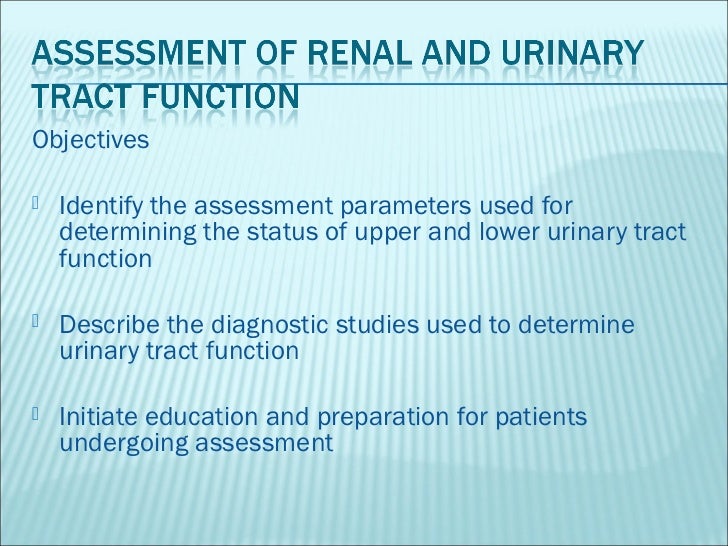
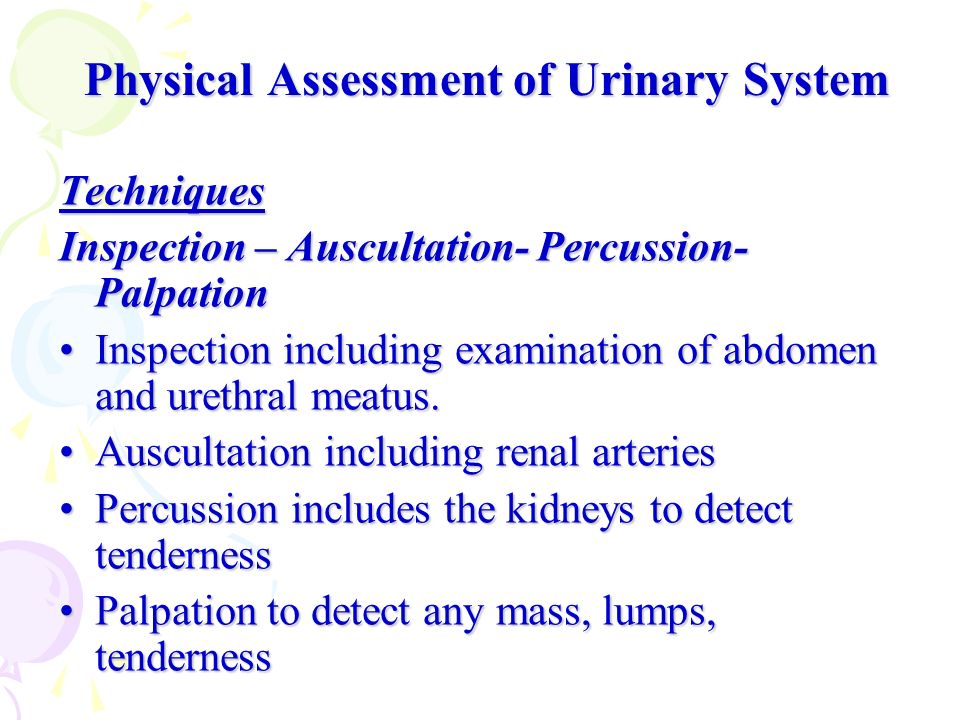










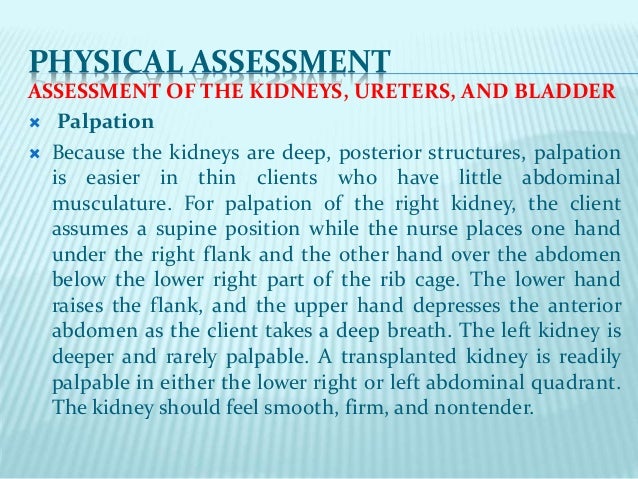
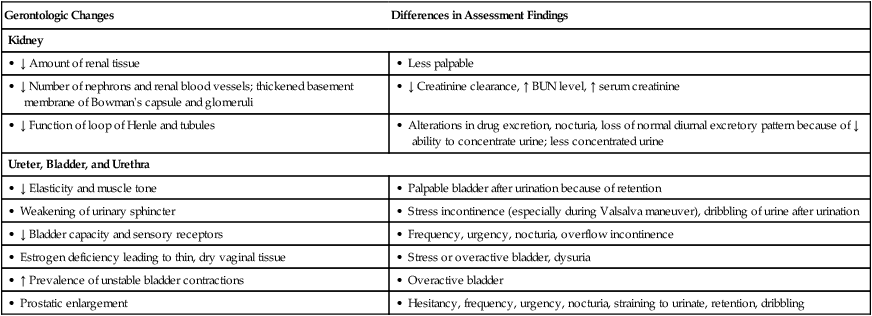



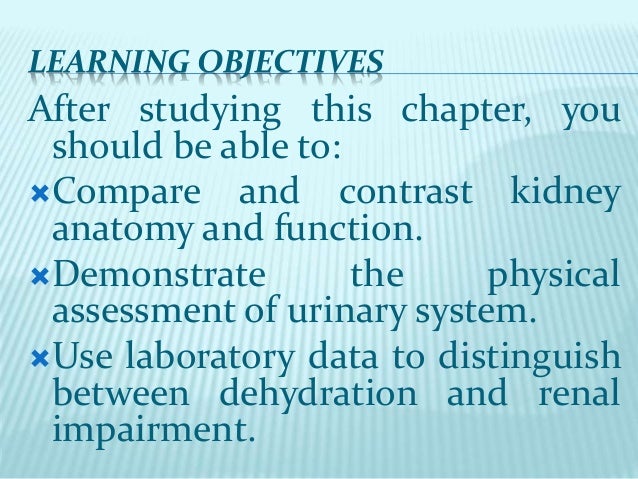







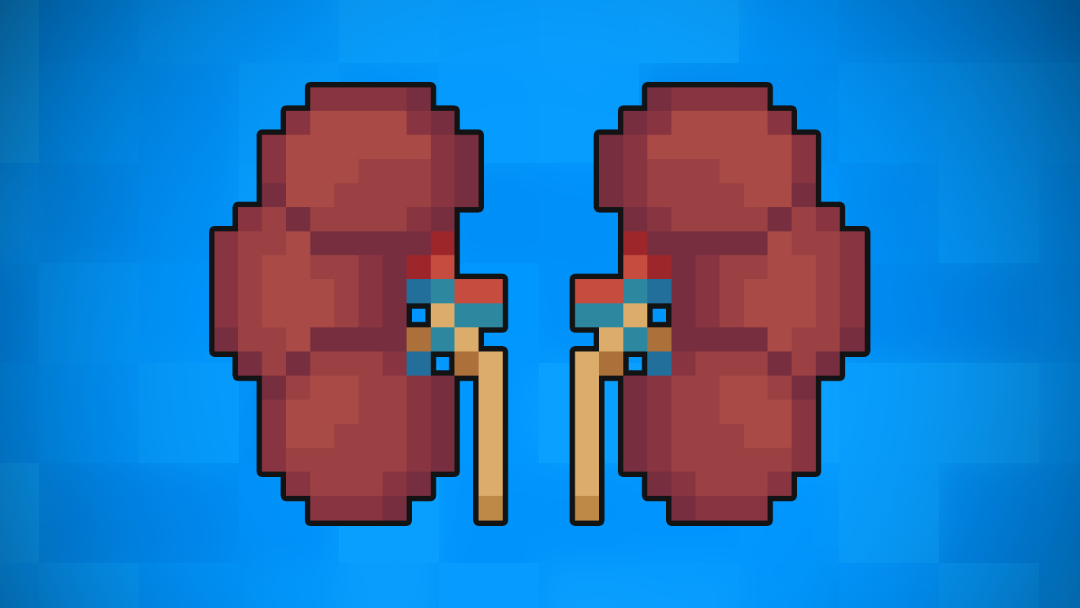

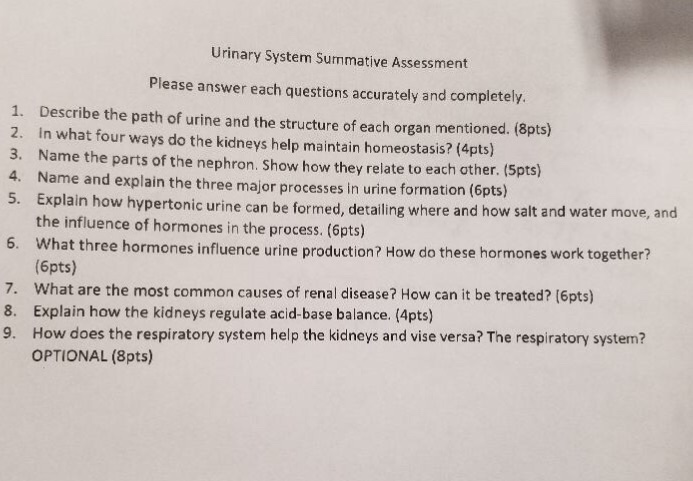

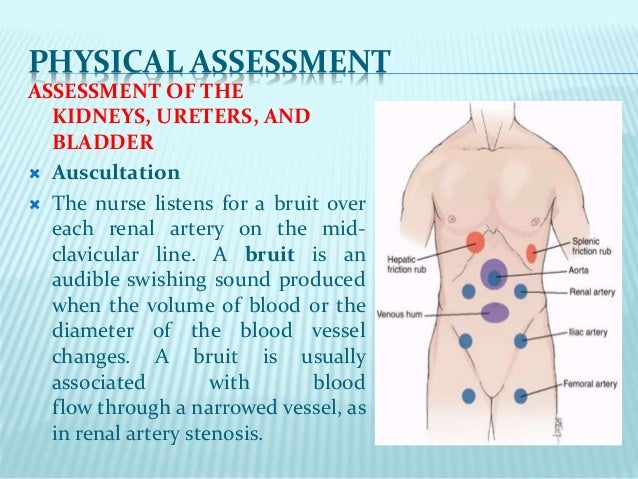









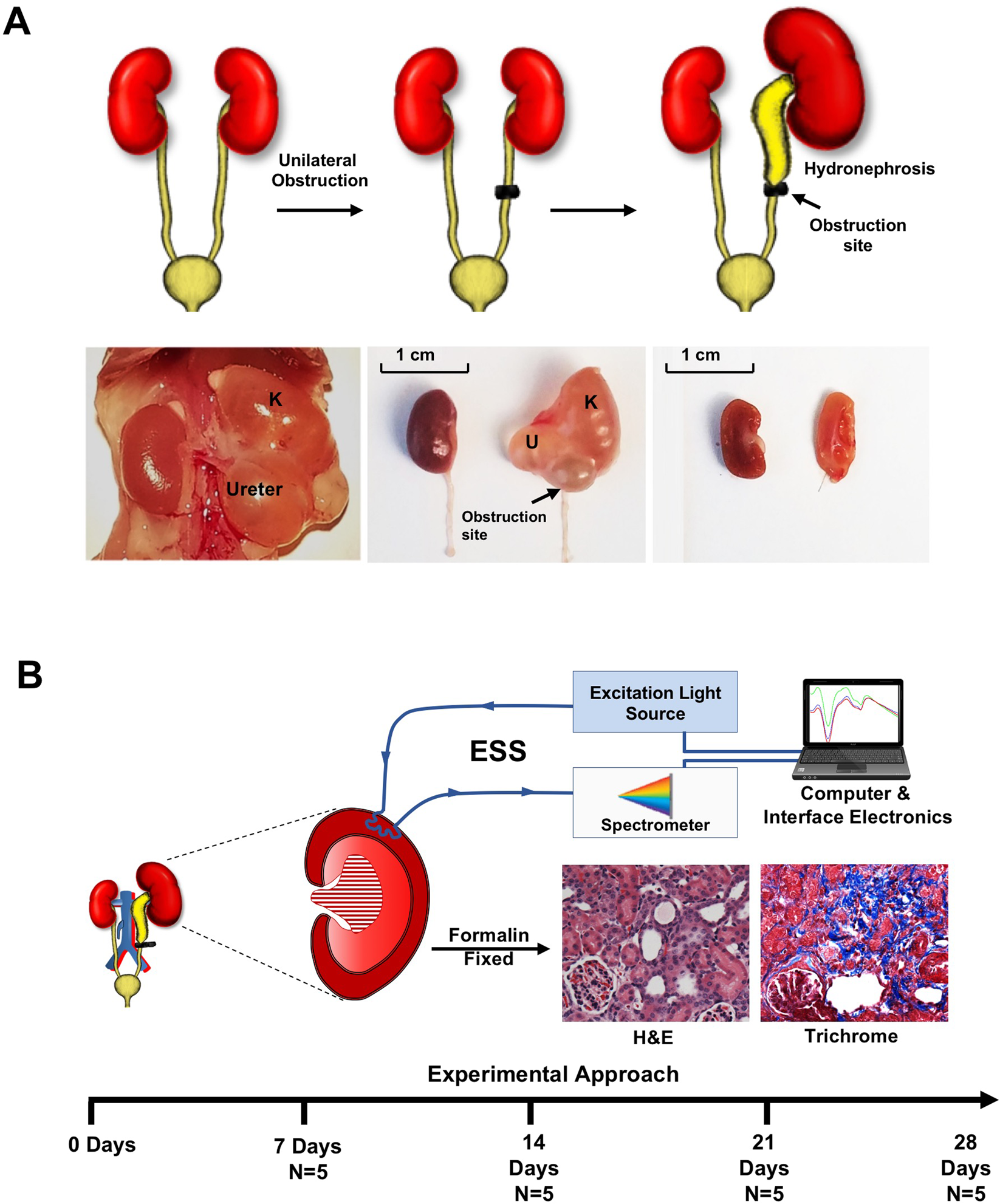

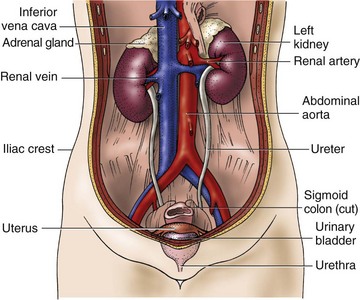


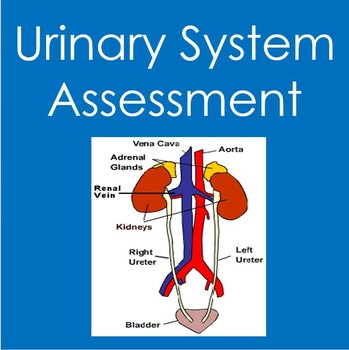

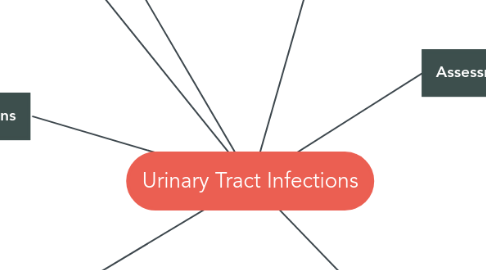
Post a Comment for "Assessment Of The Urinary System"